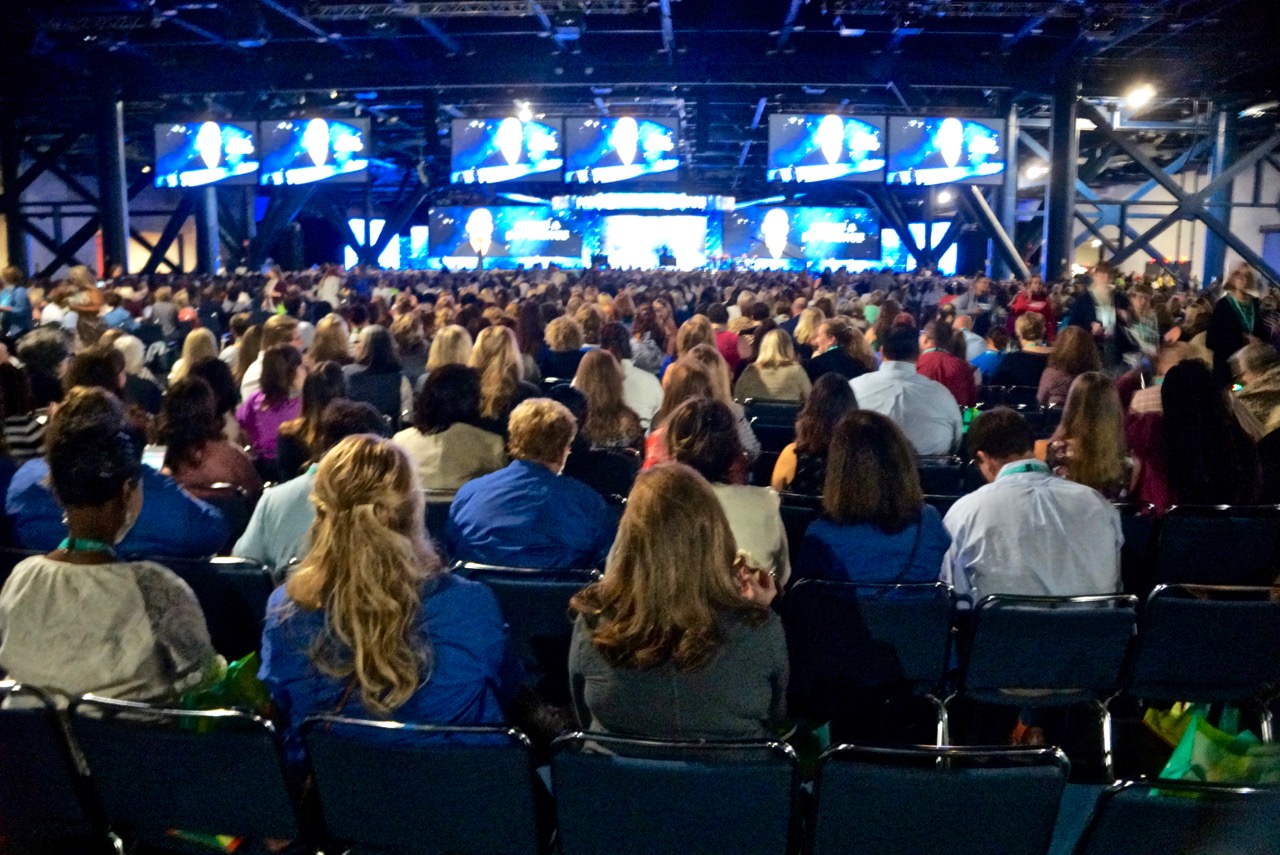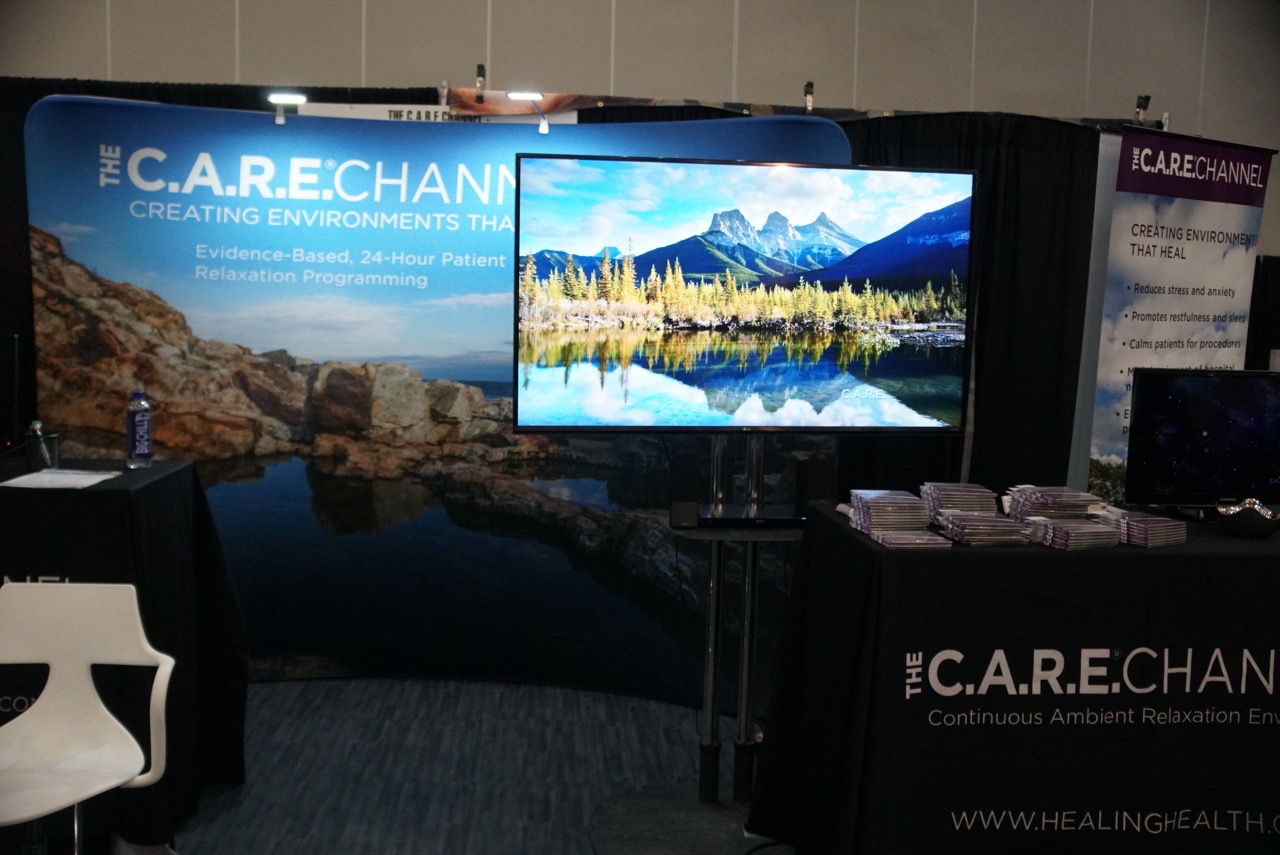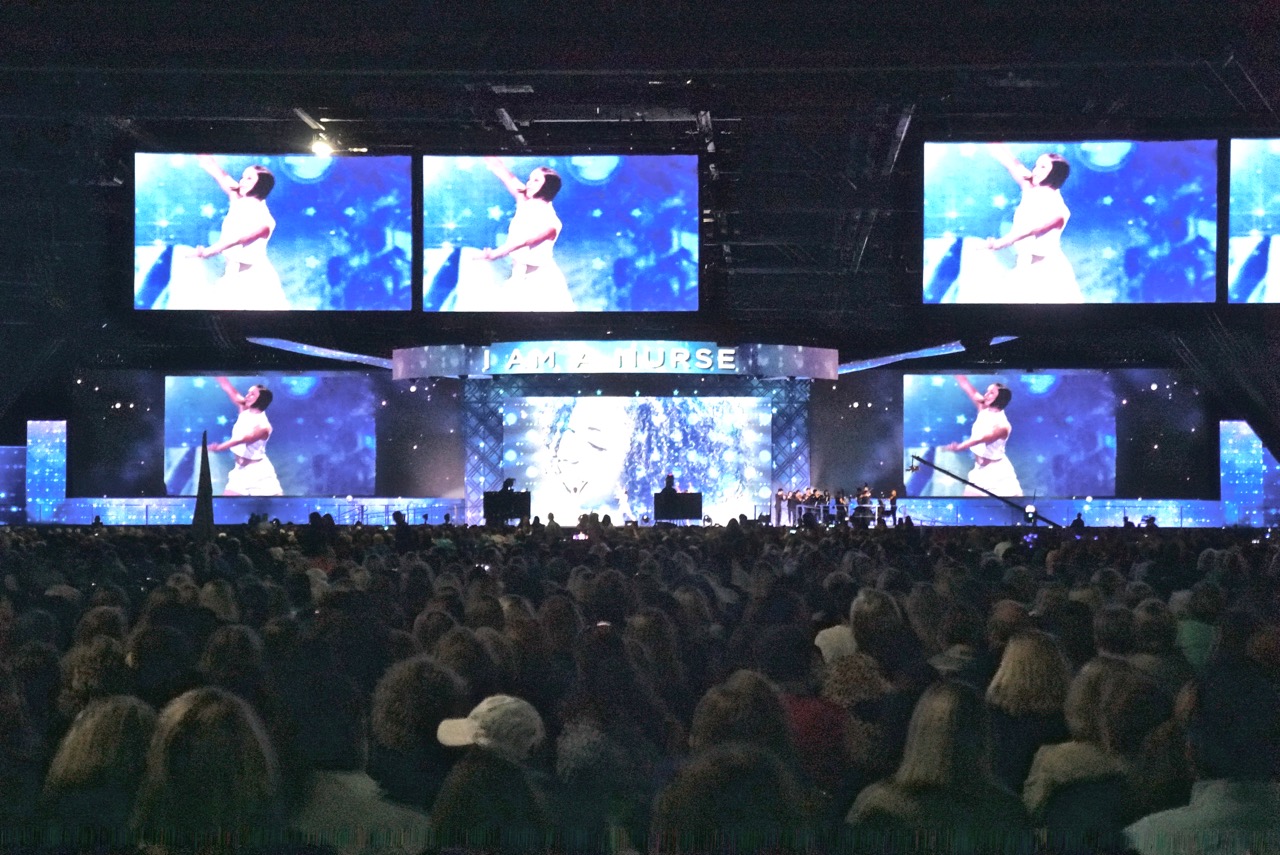Houston: After the flood, the triumphant recovery of a great city
October, 2017
Approximately one month ago, Houston, Texas was inundated by the storm surge caused by hurricane Harvey. In an unprecedented series of Atlantic hurricanes, Harvey was followed in quick succession by hurricane Irma which struck Florida, hurricane Maria which devastated Puerto Rico and the Virgin Islands, and hurricane Nate which caused some deaths in the Caribbean but luckily passed east of the American coast.
Susan and I, together with four of our company staff members, had had our travel plans in place for several months to travel to Houston for the “Magnet Conference,” the largest nursing conference of the year sponsored by American Nursing Credentialling Committee (ANCC).
Although I had some doubts as to whether Houston could recover for the conference, the message was quickly broadcast that the conference would take place as scheduled. This year, it was attended by thirteen thousand nurses.

When we traveled from the Houston airport to our hotel, our taxi driver pointed out neighborhoods that had been flooded with water several feet deep. We saw piles of garbage, consisting of furniture, carpets, and building materials, all of which had been ruined by the flood which had destroyed so many homes and livelihoods only a month before. Certainly, much of the destroyed residue had already been removed. But it was a sign of the widespread destruction that a month after the hurricane, piles of refuse remained on the streets.
We learned that the downtown area of Houston had not been as flooded as much as the low-lying residential areas. We heard many stories of how Houston residents had rallied to help each other in their time of need. There was a consistent narrative of how generous, helpful, and friendly Houston residents are. This face of Houston contrasts greatly with the image of Texas being very conservative, with the legislature seeking to close women’s clinics, ban abortions, legalize carrying weapons anywhere, and arrest undocumented immigrants. However, just like in the rest of the country, the large metropolitan areas such as Houston tend to be more liberal, friendlier to immigrants, more tolerant of different cultures and religions.

Houston, Texas’s largest city, has a large and diverse immigrant population. Its wealth was originally based on the petroleum industry, with large oil refineries and its important international port serving to boost the city’s wealth and growth. The city boosts a world-class symphony, sports teams, and the Texas Medical Center, including over sixteen large hospitals (St. Luke’s, M.D. Anderson, Methodist, Memorial Hermann, et al.) which provide the finest healthcare to thousands of Americans and foreign patients.
The Magnet conference highlighted one of the best aspects of the American healthcare system: thousands of dedicated nurses, celebrating their profession, and learning through attending dozens of seminars teaching them the latest research results and technical discoveries. The problems afflicting the US healthcare system are political and financial, not professional. Being in the presence of these nurses fed my frustration with the politicians who cannot facilitate a system that enables anyone and everyone to have access to the excellent care offered by these nurses.
Comparing Norwegian and American healthcare systems
I’ll never forget touring a hospital in Trondheim, Norway, in which the administrator explained, “If you happen to get sick or injured in Norway, don’t worry. Healthcare is free for all. We don’t care if you’re a citizen of Norway or not, or even if you’re here illegally. We believe healthcare is a human right that should be available freely to all. You won’t be charged anything!”
Our American healthcare system is unfortunately the opposite of Norway’s. The congressional debate seems to revolve around who deserves help in paying for the world’s most expensive healthcare. The only “free” healthcare in the US is admission to the emergency room for immediate short-term treatment. The ER will discharge you as soon as you are “stabilized,” (not cured or healed). Afterwards, bills in the thousands of dollars will be sent to you. If you don’t pay, collection agencies will harass you. If the bills are completely beyond your ability to pay them, you might declare “medical bankruptcy.” The US leads the world in medical bankruptcies. None of these inconvenient truths were mentioned at the conference.
American nurses often have too many patients to care for, which prevents them from giving the personal care that they would like to give. Books and essays have been authored by nurses who complain that they are overworked, and that an excessive patient load can result in otherwise preventable patient deaths.
In order for a hospital to be awarded “Magnet” status, it must pass detailed inspections and demonstrate its capability to deliver the highest level of care. The criteria are extensive and well-intentioned. Ideally, every hospital should be qualified to receive magnet status. But unfortunately, this is not the case. Just as some schools are better than others, hospitals vary in the quality of care they deliver. The organization that certifies whether a hospital qualifies for magnet status is a private non-profit organization, not a government bureau, as would be the case in Norway or other countries with a national healthcare system.
American hospitals vary in quality from state to state and between urban and rural areas. Magnet hospitals and their nurses set the highest standard for other hospitals to follow. This is the nature of the American private for-profit healthcare system. Good healthcare is available for those who can pay the price of admission (i.e. purchase insurance on the private market or receive insurance through one’s job). Americans pay twice as much for their healthcare as in other countries, due to the lack of a national health insurance system. But this is not the fault of the nurses delivering care “in the trenches” on a daily basis, one patient at a time.
Healing Healthcare Systems had a booth in the conference’s commercial tradeshow area. A large television monitor showed The C.A.R.E. Channel. We also debuted our prototype 360-video-virtual-reality system, developed by our production team. Several people said that this was the most interesting thing that they saw at the conference. Large conferences like this one are very important to HHS’s annual marketing plan. Our team came home with over five hundred leads from individuals who visited our booth. Our sales staff will send out follow-up communications to all of them in the coming weeks and months.

This was the first time that Susan and I had visited Houston in almost twenty years. We were able to spend two days with good friends that we had not seen in all these years. From the personal relationship point of view, it was as if we had seen each other last week. Nothing had changed, except that their son and daughter who were two and six years old then have now both graduated from college. Both our friends work in healthcare, and in our discussions, it seems that working conditions have worsened in the last twenty years. But those assessments might be simply because certain outstanding colleagues have retired or moved to different hospitals. Other people might say that their working conditions have improved. As in many complex industries, one’s personal experiences are shaped over time by the individuals with whom one works. Individuals have complex and complicated lives, which can affect their job performances for better or worse.
Our friends live in a Houston suburb called Sugar Land. It’s a relatively wealthy community with large Texas-size houses. In fact, our friends’ house is over twice as large as our Reno house, though since their children grew up and left home, just the two of them live there. It is said that “everything is bigger in Texas.” We saw that demonstrated in the large lots holding the large houses, the large shopping malls, and in the large land area that comprises the greater Houston area. This is known as “urban sprawl.” Only metropolitan Los Angeles is larger. Our friends took us to a fantastic Middle Eastern restaurant in Sugar Land. (Since Susan has been vegan for over a decade, we prefer ethnic cuisine to Texas cuisine, typified by its barbeque beef brisket and Tex-Mex fusion cuisine.) The restaurant was staffed by immigrants from Iran, Iraq, Turkey, Jordan, Lebanon, and other Muslim countries. The food was fantastic, even better than the Middle Eastern restaurants in Detroit, which is home to the largest American Middle-eastern immigrant populations. The manager (whom I was able to impress with my few words of Farsi) assured us that everyone gets along, regardless of where they are from.
This restaurant exemplifies the American ideal of being a “melting pot,” a society that blends different cultural influences into a uniquely American mix. And so, contradicting my previous mental image of Texas being a wholly reactionary isolationist society, Houston was just the opposite. It is great to be disabused of my mistaken preconceptions. Thank you Houston, Texas.

The music and dance performance opening the conference; One can barely discern the dancer center stage and the string ensemble just to her right. This was the view from the middle of the hall, which gives a sense of the tremendous size of the conference.
0 Comments on Houston: After the flood, the triumphant recovery of a great city
Join the Conversation